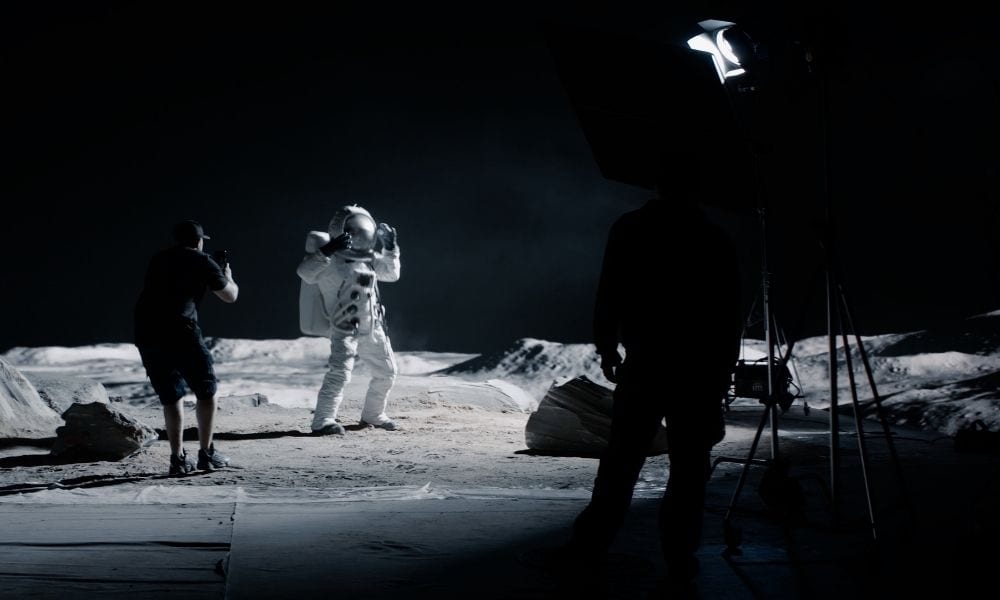

Cinematography is an encompassing art form that involves light, angles, and countless other factors. It’s an essential part of filmmaking and where the term “visual language” comes into play. The camera can speak to us without actually saying anything at all. A good cinematographer is one who communicates crucial information visually. If you’re trying to hone your cinematography skills, it’s essential to learn from the best. Watch some movies, and pay particular attention to the top film cinematographers to learn from.
First, we’ll look at a master of camera movement. In Caleb Deschanel’s films, the camera is constantly moving around. The reason is not purely stylistic—it’s to communicate with the audience. Camera movement can convey things such as:
If you’re trying to incorporate more movement into your work, study Deschanel’s films, including My Sister’s Keeper and The Right Stuff. You’re bound to find new ways to use motion in your movies by studying his work.
Matthew Libatique is the go-to cinematographer for legendary director Darren Aronofsky. He’s worked on films such as Black Swan and Requiem for a Dream. He brings a frantic, surrealist style of cinematography. He’s also known for shooting handheld and with 16mm film. For lighting, he keeps it as natural as possible. If you want to learn how to think and shoot outside the box, watch Libatique’s films.
This Australian cinematographer is a master of using light to portray the characters’ emotions. Often, new cinematographers will focus on stylish looks that are visually appealing, but they’re often not thinking through the eyes of the script. If you choose a particular light or angle, it should play a part in the story. Watch some of Beebe’s films (such as Crush, Collateral, and Memoirs of a Geisha) and pay attention to his choices during dramatic scenes.
Possibly the most well-known cinematographer, Roger Deakins is a master of his craft. He loves to use natural light, and he keeps the camerawork as subtle as possible. As a cinematographer, Deakins uses every piece of essential filmmaking equipment to create the desired effect. His style is also very recognizable—fans of his work can spot his movies before his name shows up in the credits. He often pairs with the Coen brothers; he has done the cinematography for many of their films, including Fargo, The Big Lebowski, and A Serious Man.
Get to know the top film cinematographers you should learn from by watching their movies with pencil and paper in hand. Studying these excellent filmmakers and learning from their techniques will greatly improve your skills.
Additional Resources:
Andy Warhol
Pablo Picasso
Mark Twain
Edgar Allan Poe
A business can develop in many ways. One of the best ways to grow your…
American families are once again juggling the seasonal custom—and financial burden—of back-to-school shopping as the…
Want to bond over unexpected activities? Look at these unconventional ways to connect with your…
Burnout isn’t just something that happens to CEOs. For moms homeschooling littles, it’s a very…
When it comes to long-distance motorcycling, comfort, reliability, and smart engineering can make or break…
Flowers have seen significant transformation over time; online flower shopping is increasingly common now for…